How to catch the metro in Buenos Aires, Argentina
Although Buenos Aires’s metro system isn’t as extensive as that of some other cities, like London or Tokyo, it’s a useful tool for getting around the city. Tickets are cheap, it’s pretty safe, and it’s a lot easier to get your head around than the bus system.
The system is known as the subte, short for subterranean (“underground” in Spanish), and this is what you’ll see on the brightly-coloured metro signs. There are six lines, mostly operating on a hub-and-spoke system radiating out from the downtown area, though line C (blue) breaks the mould by intersecting the others, linking the two train stations of Concepción and Retiro. The new line H runs parallel to line C.
Major intersections are near the Obelisk landmark, and near the cathedral in the Plaza de Mayo — in both of these locations three lines cross and you can change between lines within the system, without having to pay again. Oddly, though, the stations have different names according to which line they’re on, so in the same location you’ll find Cathedral on line D, Peru on line A, and Bolivar on line E. Subte lines are distinguished by letter and colour; when you see a subte sign you’ll know which line it’s on by its colour, which makes it easy to find the right station.
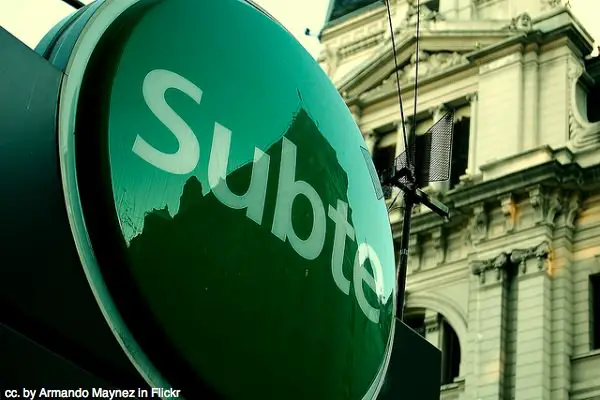
Tickets
Each journey on the subte costs A$1.10, (or almost nothing in other words), and the credit-card sized tickets are available in denominations of one, two, and ten rides. There’s no discount for buying higher-denomination tickets, but you’ll save a lot of time by buying a ten-ride card, as lines to buy tickets can be quite long at rush hour. You buy your ticket in person from a booth located in the metro station itself, then insert the ticket into the slot on the front of the turnstile to get access to the platforms. The machine will spit the ticket out from a different slot on top of the turnstile, and when you remove it you’ll be able to pass through; an LCD display will tell you how many journeys remain on your ticket. As many people as you like can use the same card, just pass it back to the next person to let them insert it as well. You only need a ticket to enter, not exit, the subte, and the price is the same regardless of the length of your journey.
A new ticket, the SUBE, has recently been introduced and could be a good option if you’re going to spend a bit more time in the city. It’s a stored-value card, and the money you put on it can be used on the metro, trains and some buses. If you’re only in Buenos Aires for a short visit, the hassle of getting one probably isn’t worth your while.
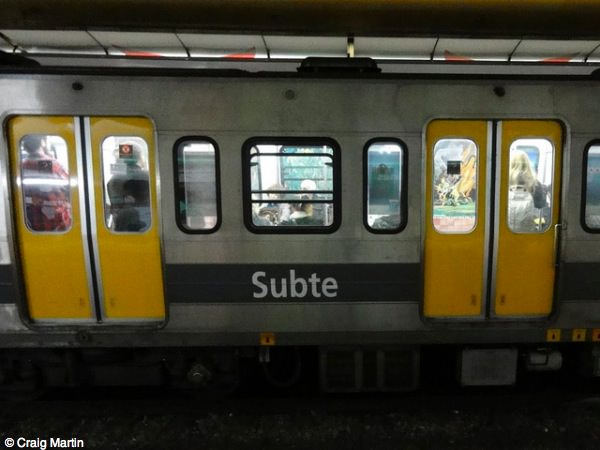
The subte doesn’t run all night; the lines close at different times but more or less at around 10:30pm (earlier on Sundays). This means that it’s a great method of transport during the day, but not so useful if you’re heading out for a night out. Then again, if you do it right you could be heading home at the same time the subte opens again in the morning, at 5am.
The journey
It’s quite common to see buskers on the subte, like in metros in other countries. You’ll see a variety of styles, from solo performers to groups of two or three; porteños will give money if they enjoyed the performance and you can too — keep a few coins or a $2 note in a handy place so you don’t have to pull out your wallet.
You’ll also see beggars, or more commonly, people selling low-value items. They’ll walk through the carriage handing out the items or placing them on people’s knees, then come back to collect the items or take payment. I bought a pack of tissues once, and saw someone buying a mirror on another occasion; this form of selling is generally accepted if not always welcomed.
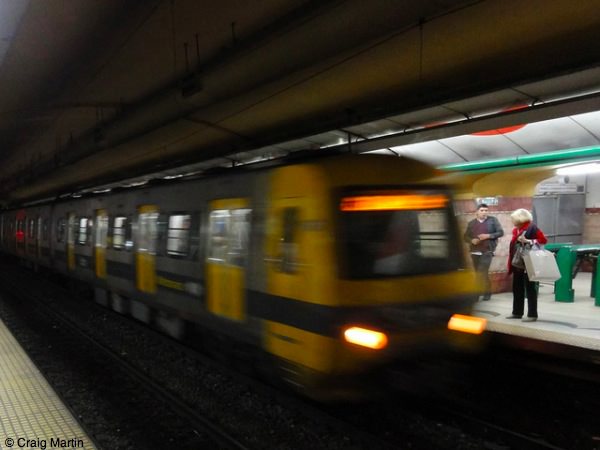
Safety
Although it’s unlikely that you will run into any problems, follow some basic safety procedures while using the Buenos Aires subte. As always when using public transport, be aware of your belongings and keep your bags on your front, especially when the subte is busy. Also, avoid talking loudly in English as this will attract attention, and keep an eye out for people acting strangely near you.
The subte is a great way to get around Buenos Aires, give it a go for yourself.
Also see: Buenos Aires transport and our Buenos Aires travel guide.

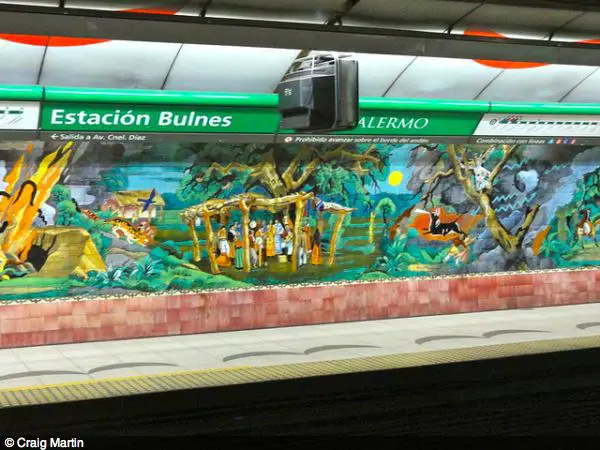
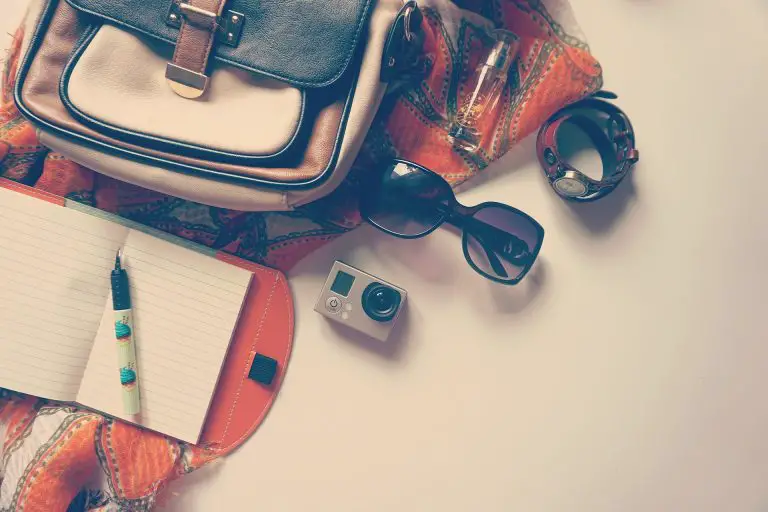
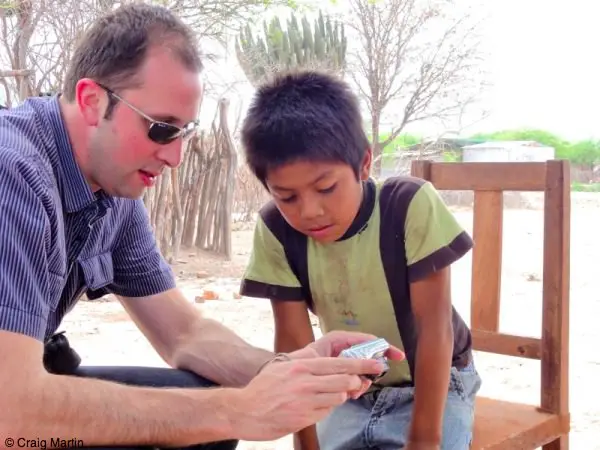

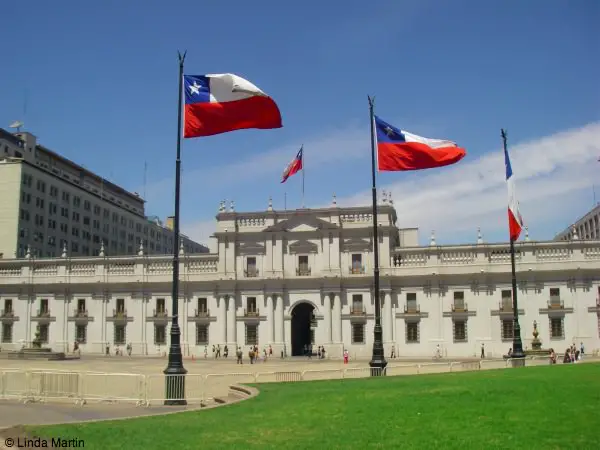
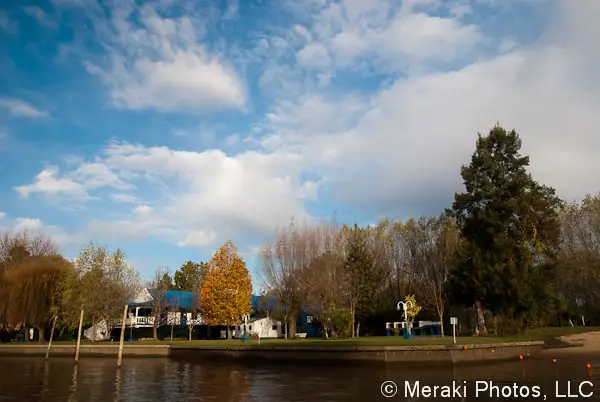

Linda, thanks for the tips on the new SUBE card. We’ll be living in B.A. for a month this next February/March, and it sounds like that could be quite useful. Cheers xx
Thanks Bethany; I’m sure you’ll love it! It’s one of our favourite cities.
We recently published this Buenos Aires travel guide, which should give you a good head-start on exploring.
Let us know how it goes!
We’ve been here now for 2-1/2 weeks, and it’s wonderful. We’ve made friends with the public transit system, and we’re loving exploring the city. Thanks so much for the tips… xx
Perfect! It’s a great place to stay! I know there’s several travel bloggers congregating there right now: the authors of Art of Backpacking, 20-something travel, Go backpacking, and you.
Yes, we’ve had a great time meeting up with Mike and Stephanie and another few traveling couple as well (@landingstanding and @lepitts). I hear you guys are set to catch up with Gerard and Kieu from GQTrippin – have fun! It’s really a treat to connect in-person with friends in the travel community. 🙂
Love, love, love Buenos Aires. I could live there – it’s so pleasant. My brother lived there for many years but is now back in the States. I miss my trips there. And I really miss a certain ice cream shop with the best dulce de leche ice cream. We made our pilgrimage during every visit. Even at one in the morning, it was packed with families! Those portenos never sleep.
You’re so right! I don’t know how Porteños do it… All the mate might help though. We’re definitely considering moving there for a while; probably 4-8 months in 2013 or 2014.